All about the profession of a miner
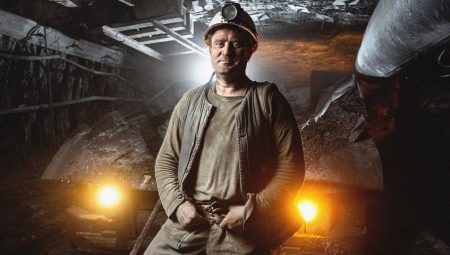
This article explains everything about the profession of a miner. The description of the profession is supplemented with a story about its history, about what kind of work these specialists do. Attention is paid to what kind of salary they receive and how they can be useful.
History of the profession
Many people only know that a miner is one of the varieties of working professions, and that this work is associated with the extraction of coal underground. The more erudite will correct it, remembering about other types of solid minerals. But I must say that the earliest of all began to be mined underground, not coal, but just metal ores.
For centuries and even millennia, however, no one was going to specialize in mining. Yes, there were people who worked in mines, mines and quarries, but at any time - within the framework of the feudal economy - they could be redirected to another occupation.
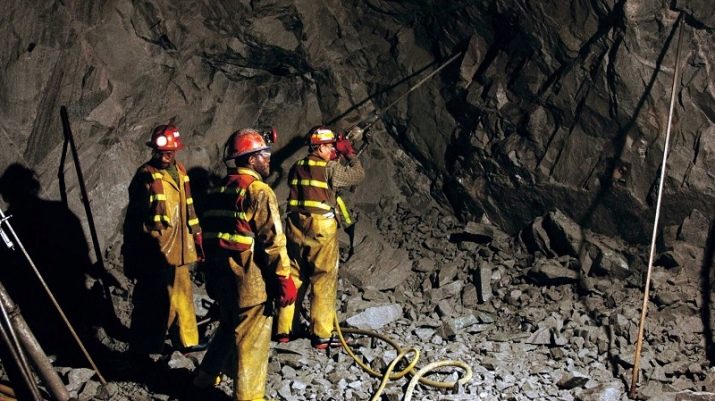
The turning point is believed to have been the 15th century. And not because the importance of hired labor has grown dramatically (this did not happen very simply, not quickly, and not linearly). The very complexity of working underground, due to the increase in the length and volume of workings, began to demand professionals.
The need for various types of mineral raw materials grew steadily, and the lightest and most accessible ores for non-specialists were already mined. A new leap took place in the 18th century, when the gradual use of coal began not only for heating, but also for the needs of metallurgy, and then for steam engines.
Without exaggeration, the entire industrial rise of the 19th century would have been impossible without the hundreds of thousands of people who descended underground every day. There would be no steam locomotives, no steamers, no telegraph lines.However, even at that time, the work in the mine was not far from the medieval level. Hand tools and transportation were still used. Only gradually improved ventilation and water pumping. The twentieth century brought jackhammers into the mining practice, and then powerful machines for mining, although not immediately.
By the middle - the end of the last century, more significant changes took place:
- it finally became possible to organize efficient ventilation;
- mining technology has left its infancy, has become not only powerful, but also relatively convenient and safer;
- adjusted the use of electric lighting;
- the qualification level of the mining profession increased (now it was necessary not so much to “dig and hammer” as to manage complex equipment).
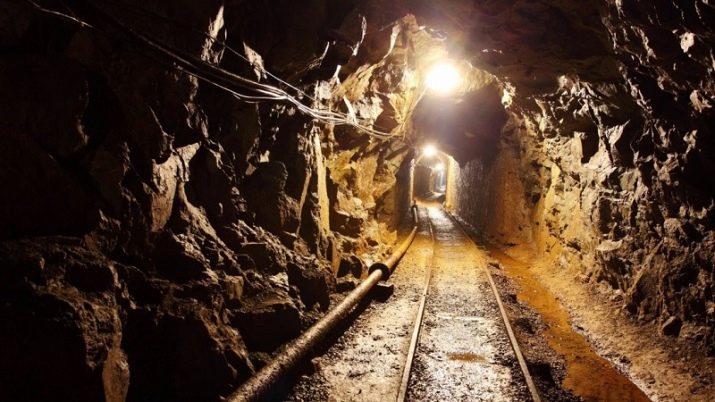
Description
It is impossible to talk about the benefits of mining work in isolation from the role of mines in the modern world. The same coal is still badly needed. It is used for heating, and (in a number of countries) for railways, and as a raw material for the production of coke. There are a number of mines in our country that produce heavy oil. It is the main raw material for the production of asphalt, bitumen and other dense petroleum products.
In a number of places, gold and diamonds are mined with the help of mines. The working depth in this case is sometimes 3-4 km. Record developments in India and South Africa even exceed the 4 km bar. Of course, they use super-powerful ventilation and the most modern technical means. The underground method can also extract:
- rock salt;
- iron and aluminum ore;
- non-ferrous metal ores and a number of other substances.
Note that regardless of the resource being extracted and the geographic location of the mine, miners are always at risk. The danger is:
- dust suspensions;
- firedamp explosions;
- rock falls;
- loud noise (when working with a jackhammer in the first place);
- the impact of vibrations (even if the equipment makes relatively little noise, it still vibrates);
- sharp changes in temperature and its high values;
- various reagents;
- electricity;
- fast-moving vehicles and machine parts;
- falling of various objects (and own falls);
- water breakthroughs, flooding.
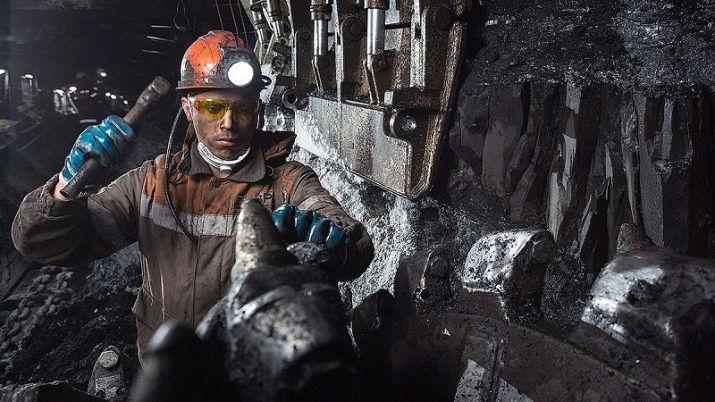
What kind of work do they do?
It would be a mistake to believe that all miners work exactly the same. Among them there is a clear division of responsibilities:
- some provide the laying of new shafts and drifts (they are called sinkers);
- others provide rock crushing (explosives, combine operators and hydromonitors);
- still others are engaged in the maintenance of equipment and its current service (drivers);
- electrical engineers who supply the mine sites with current;
- and finally, in fact, the miners, who just extract useful substances.
MGVM, or the operator of the mining and excavation machine, is the official name of the combine operator. Such specialists can be employed both when driving new areas, and directly during production. They will not need additional retraining. Drivers appear only in sinkholes - and cannot work anywhere else. Even in the highest category of miners, it is customary to enroll the personnel of the Grozny Plant, or the miners of the working face.
The movement of special shields after the combine depends on them. Just as tunnellers are only in the areas of new development, so the GROZ is engaged only directly in the production. As for the auxiliary specialists, the electrical engineer is officially called the underground electrical fitter. He not only supplies current, but also makes sure that all mechanisms powered by the network work flawlessly. No wonder: the space in the mines is limited, and no one will ever send additional people there again. An electric locomotive driver can also be seen in the mine. Certainly not the one who travels on the railroad above. He drives trains from trolleys. Such a miner never leaves the transport area.
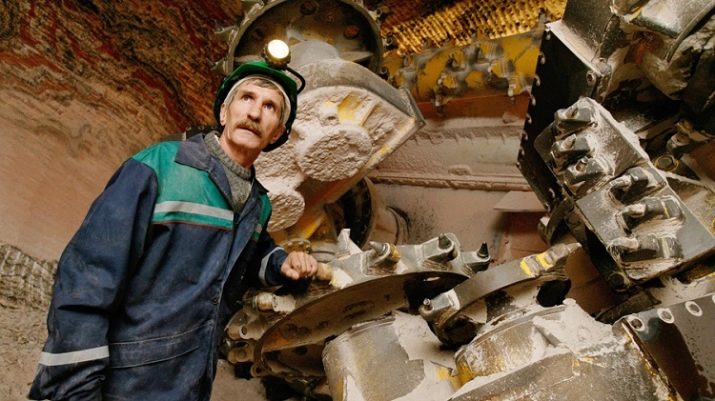
And in each of the shafts of the mine there is its own stem (this is the name of the position of the controller).
It is the stem ones that make sure that people and cargoes rise (descend) according to the rules, so that safety measures are observed. In the interval between such observations, they themselves load the loaded trolleys into the lifting cages. The stem must also constantly monitor all the fences on its site. Blasting operations are carried out by the already mentioned master blasting officers. They are also responsible for preparing charges for use.
The role of the operator of underground installations (MPU) is reduced to the management of:
- winches;
- pumps;
- some parts of the conveyor lines.
Hydraulic fracturing, the very underground miners, are closest to the miners in the old sense of the word. They are the ones who wield shovels more than others. There are also mining foremen in the mines. They are responsible for how efficiently the rest of the staff work on the site. However, it is not necessary to get too carried away with this: any accident, first of all, is assigned to the mining foreman. VTB is a ventilation and safety area. There are masters there. They control the quality of the air supply. The checks of gas analyzers still depend on these masters. And they are also charged with assessing all deviations from safety standards.
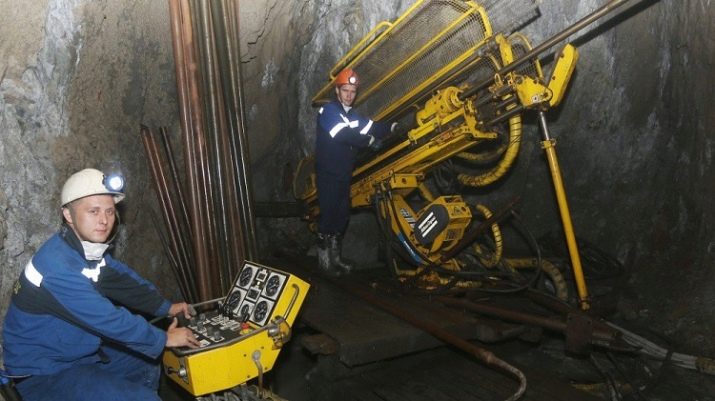
Requirements
Despite all the advances in modern technology, the mine remains an incompatible place with weakness of mind and body. Therefore, those who are not able to push up from the floor 50 times or are constantly frightened of the simplest things, the way there is ordered. Of course, you need to be able to control complex machines, that is, have a good level of physical, chemical and mathematical knowledge already at the stage of preparation. Mandatory requirements are:
- endurance;
- an internal attitude to work in a harsh environment (without which no endurance in itself helps);
- the ability to remain calm even in critical cases, instantly choose the right decision;
- solid general health;
- high level of discipline;
- the ability to work monotonously and monotonously.
The medical commission unambiguously weeds out:
- epileptics;
- patients with alcoholism and drug addiction;
- people who have any coordination problems;
- those who need constant hormone therapy;
- candidates with impaired peripheral circulation, rheumatism, any dysfunctions of the respiratory tract (regardless of the department).

Also, absolute contraindications for miners are:
- hepatitis;
- tuberculosis;
- problems with peripheral nerves;
- complications of stomach ulcers;
- chronic infectious lesions;
- chronic parasitosis;
- hearing and vision problems (regardless of the severity);
- any pathologies that interfere with the work in gas masks;
- severe allergic reactions.
A miner must firmly grasp:
- what types of rocks and minerals are, what are their properties;
- how specific minerals are extracted;
- what kind of mine workings exist;
- on what principles is the work of devices and tools based, what is their design.
The required skills will be:
- the use of all machines and mechanisms found in the mine;
- ability to wrap cargo;
- control of measuring equipment;
- the use of personal protective equipment;
- control of power supply systems;
- the procedure for safe work in the mine.
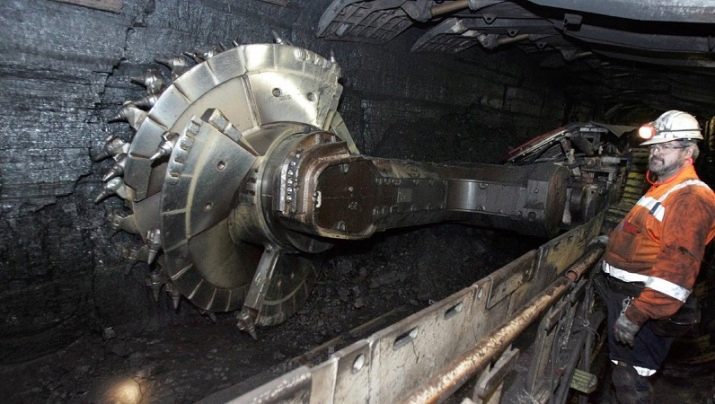
Education
Basic vocational training is carried out in the specializations "Mining" or "Geological exploration". These directions are available in both higher and secondary educational institutions. There is also the possibility of accelerated training for 8-12 weeks. However, after such training centers, you can only apply for blue-collar occupations. The main educational institutions are located in the Kemerovo region, and almost always these are mining and mining technical schools or colleges. You can enter the RUDN University for the profession "Mining". It implies the acquisition of all the skills and knowledge that a mining engineer must have.
Graduates are ready to manage geodetic equipment at all stages of development. They can also apply existing workings to maps and diagrams. A similar training, and at a higher level, is being conducted by the Engineering Academy. The specialization "Mining and Integrated Development of Georesources" is offered by the Far Eastern University. For many, studying there is attractive already because there is a full-time and part-time form (however, it adds a whole year). Mine surveyors who have come out of the walls of FEFU possess not only technical skills, but also the ability to apply higher mathematics to assess measurements. Many of them immediately become leaders. You can also engage in the design of new machines and devices for underground workings.
If these educational institutions do not suit you with something, you can submit documents to:
- MISIS;
- Gubkin University;
- Tomsk Research University;
- Mining University of St. Petersburg;
- West Ural Mining College;
- Ural College named after Polzunov ("Mine surveying", "Underground mining of mineral deposits");
- Nizhniy Tagil Mining and Metallurgical College;
- Solikamsk Mining and Chemical College.

Salary and career
Miners usually earn 45,000 rubles (national average). The more severe the climate conditions, the higher the earnings. So, in the Rostov region, miners usually receive about 20,000 rubles. The salary of workers in the Chukotka Peninsula reaches 90 thousand. Interestingly, income does not depend on the type of minerals. However, it is determined by experience and qualifications. The average novice miner receives only 16,000-18,000. Experienced craftsmen with a long track record can earn 60-85 thousand rubles. Career opportunities are small but diverse.
You can become a responsible foreman or safety specialist, manager of a mine or its part (if the mine is large); But it is not so easy to radically change the field of activity, to become a developer of new equipment or an engineer “from the bottom”.









